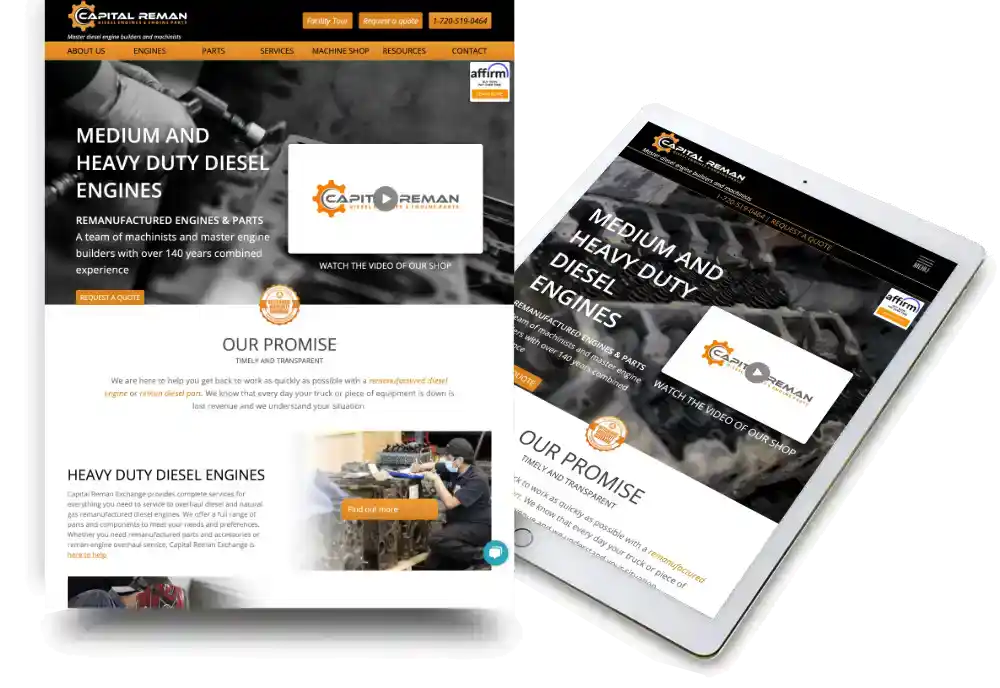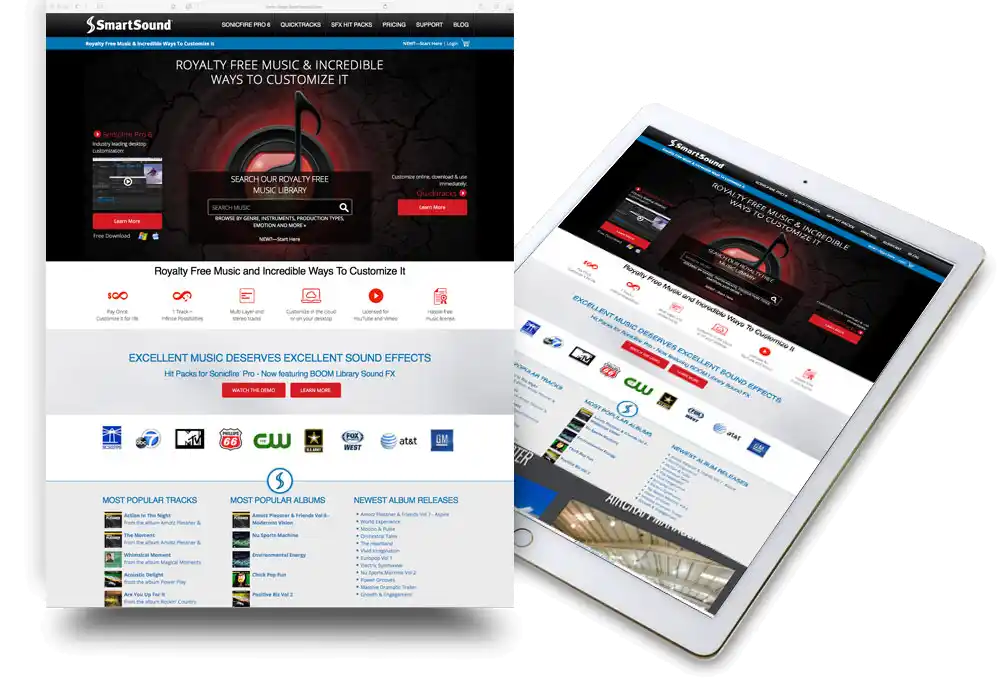Drive Business Goals with Content Categorization
Our Philosophy & Why It Works
At Impress Design & Marketing content is categorized into three distinct types: Core Content, SEO Content, and Leadership and Authority Content. Each serves a unique purpose in driving business goals and enhancing the user experience. Below is a detailed exploration of these categories. One note, content can be written, videos, podcasts, infographics, etc. Also, it should be noted that this approach can be used for local businesses to great effect.

In this article
- Core Content: Building a Foundation
- SEO Content: Attracting New Audiences
- Leadership and Authority Content: Establishing Expertise
- Results Driven Content
Core Content: Building a Foundation
Core content refers to the essential pages that provide foundational information about the business but are not featured as primary menu links. These pages often include:
- Company Background: Pages detailing the history, mission, and values of the organization.
- Service Descriptions: In-depth explanations of services offered, providing clarity for potential clients.
- FAQs or Resource Pages: Offering answers to common questions or additional resources that support customer decision-making.
- Persona Journeys: tailored content to a specific type of user.
This type of content is critical for establishing credibility and ensuring users can find comprehensive information when needed. While not immediately visible on the main navigation menu, core content plays a vital role in enhancing user trust and supporting deeper engagement with the brand.
Real-world Example: Capital Reman Exchange

A long-time client at Impress Design is Capital Reman Exchange. Cap Reman remanufactures heavy duty diesel engines used mostly in long-haul semi trucks. They work primarily with five different manufacturer's engines. As part of our Core Content build out, we created landing pages for each of the key engines they work with, including the Cummins ISX engine. This particular landing page has become the second most visited page on the site. With the information on the page, and the other linked articles, it establishes Capital Reman as an authority regarding the Cummins ISX engine. We did the same thing for each of the key engines they work with as part of their Core Content.
SEO Content: Attracting New Audiences
SEO content is strategically crafted to increase visibility on search engines and attract a broader audience. It is designed with targeted keywords that align with user search intent and business goals. Depending on the audience, a lot of these pages will link to the Core Content pages discussed above. Key characteristics of these pages include:
- Keyword Optimization: Selecting relevant keywords with high potential return based on factors like relevance, search volume, and competition.
- Content Types: Blogs, articles, guides, and landing pages optimized for search engine rankings.
- User Intent Alignment: Content tailored to answer specific queries or to solve problems for potential customers.
The ultimate goal of SEO content is to drive organic traffic to the website while maintaining relevance to the business’s offerings. This type of content often serves as an entry point for new visitors who may later explore core or leadership-focused materials.
Real-world Example: SmartSound

At SmartSound we created a blog that was focused on telling their story in a way that users could easily connect with. SmartSound is a technology and Royalty Free Music company. We created pages for popular searches where their music was used—holiday videos, wedding videos and corporate training videos. The blog pages that were directed at SEO drove a large portion of business each month. They provided the visitor with specific information and resources and exposed them to SmartSound's other products. (Read the SmartSound Success Story here.)
Leadership and Authority Content: Establishing Expertise
Leadership and authority content aims to position the company as an industry leader by showcasing expertise and thought leadership. This category includes:
- Thought Leadership Pieces: Long-form articles, white papers, or ebooks that provide deep insights into industry trends or challenges.
- Commentary on Trends: Sharing opinions on current events or innovations within the industry.
- Educational Media: Videos, podcasts, or webinars that teach rather than sell.
This type of content builds trust by demonstrating expertise and offering valuable knowledge. It helps establish the company as a go-to resource for reliable information in its field. Over time, leadership-focused content cultivates brand authority and attracts dedicated followers who view the company as an innovator.
Real-world Example: CognitiveScale

The approach to Leadership and Authority changes for each company we work with. We have to assess the various types of content that are needed and then plan for them. In addition to the more in-depth product articles, videos explaining the platform and a few new pages for the website that hadn't been addressed previously, we had to develop some broad-reaching content that addressed the industry as a whole. This wasn’t about the company's product, in particular. This was content that was more philosophical and that engaged a larger audience.
With the additional content we built out a Learn Center on the website, a place where potential customers could explore the platform from various angles.
Once those things were in place, put in place a program to advertise with leading journals in the industry, places that would enhance the company profile, get the attention of the correct people, and lead to further engagement. We also lined up podcasts and video interviews.
Learn more about the CognitiveScale Success Story.
Results Driven Content
By categorizing content into Core, SEO, and Leadership/Authority types, Impress Design & Marketing ensures a strategic approach to both attracting new audiences and nurturing existing relationships. Core content builds trust, SEO content drives visibility, and leadership-focused materials elevate the brand's reputation as an industry leader. Together, these categories create a robust framework for effective digital marketing.
Read next: Content Strategy, Design and Creation →

 Jack McDaniel began Impress Design & Marketing in 2005. He's an award-winning designer and has lead many companies to the top of their market niche with a data-driven, science-based approach to marketing and user experience.
Jack McDaniel began Impress Design & Marketing in 2005. He's an award-winning designer and has lead many companies to the top of their market niche with a data-driven, science-based approach to marketing and user experience. 





